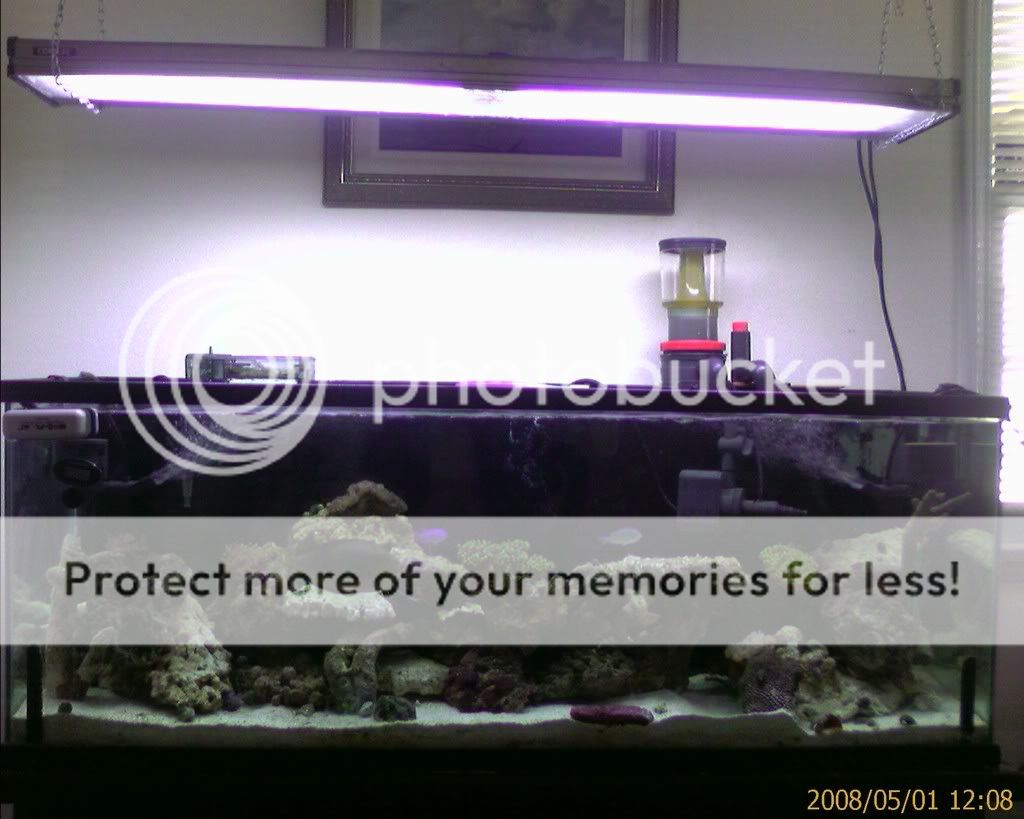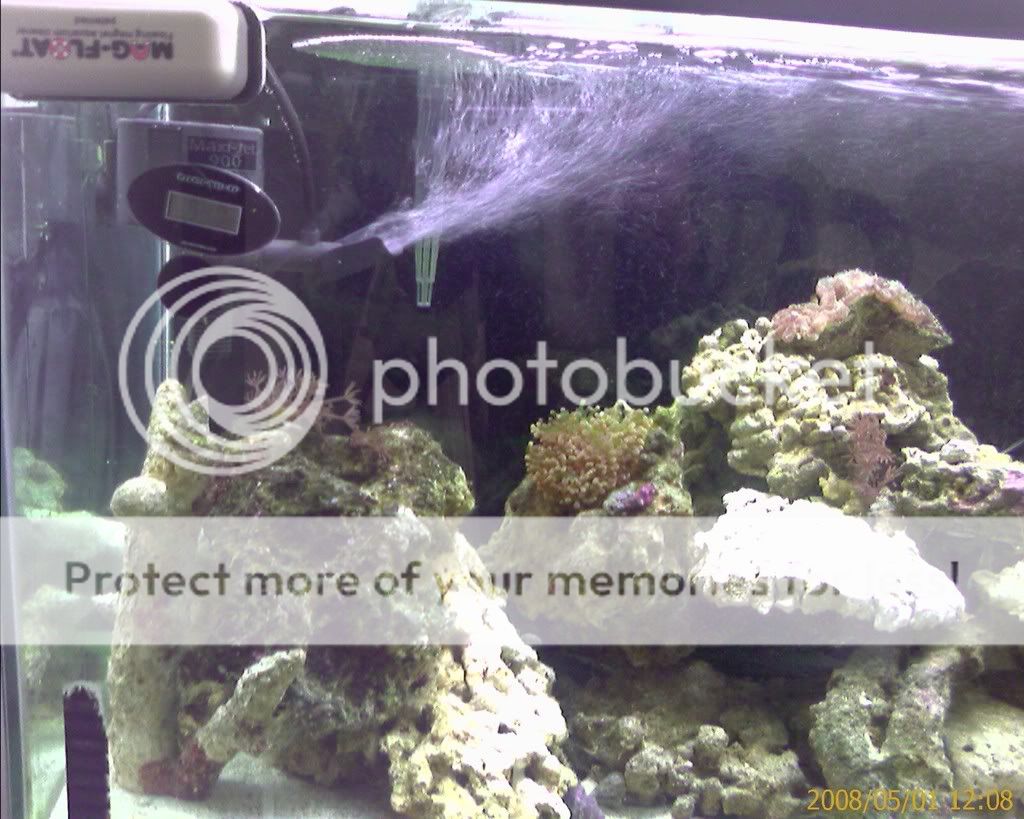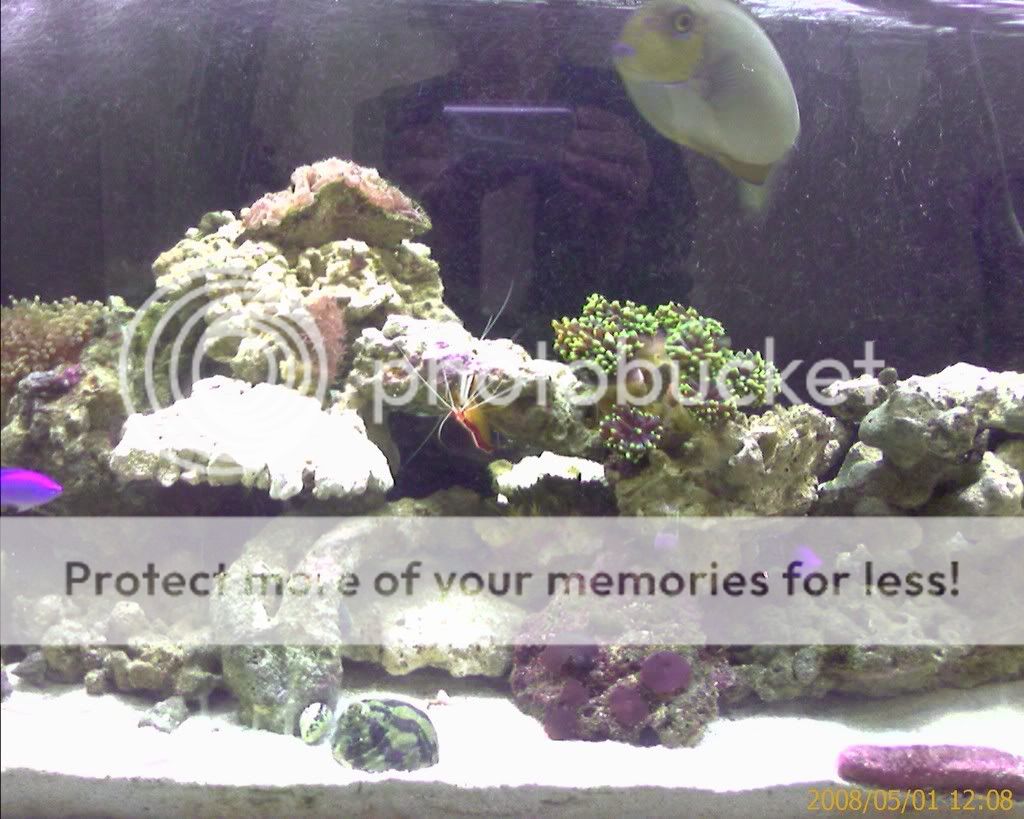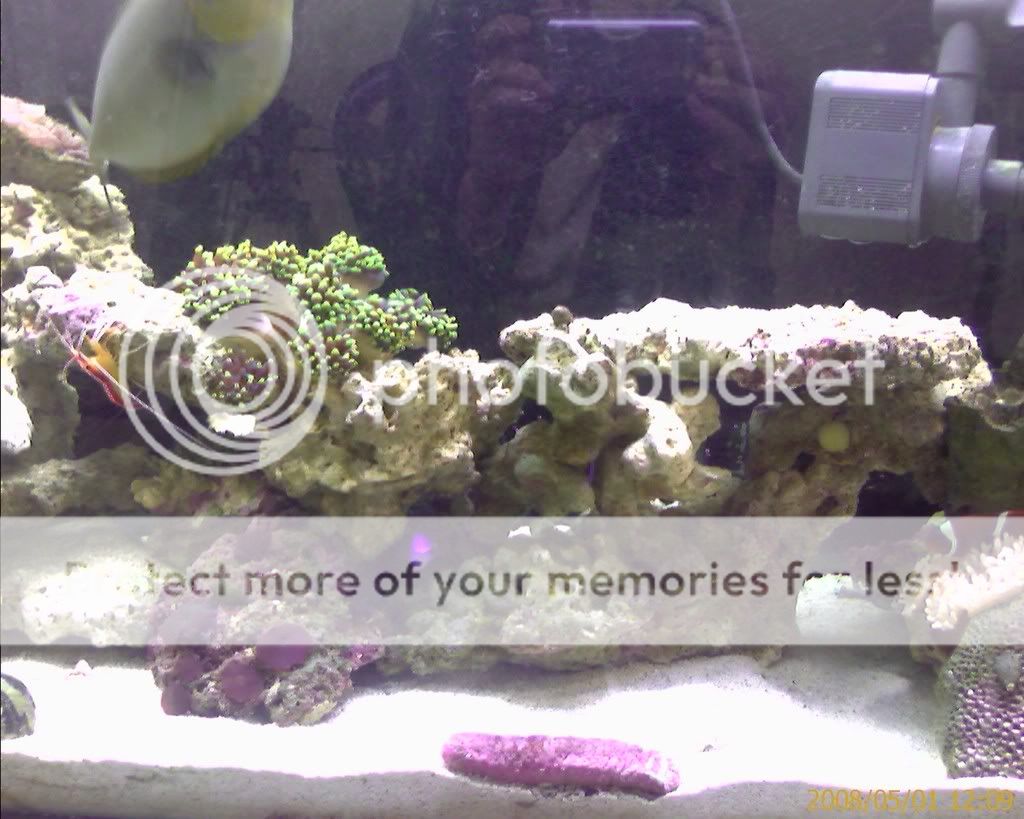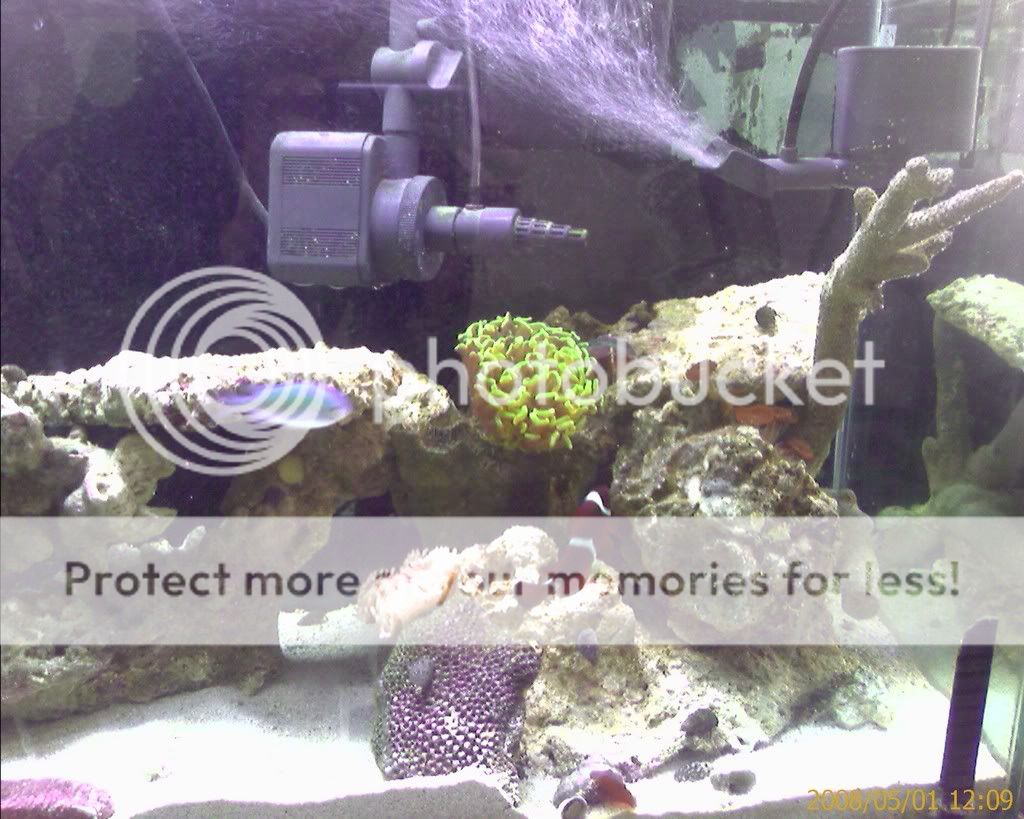I have tried doing research on this but I either don't know what it's called, or I'm the only one with this problem.
About 6 months ago, I started having this problem with this hairy green algae or whatever. It started after my son over-fed my fish with these pellets. I was gone over the Thanksgiving weekend and when I came back at about 11 on Sunday night, there were pellets (that I was giving occasionally to the Tang) all over the tank. My son later said he was afraid he would forget to come back and feed the fish, so he dumped "a whole lot" into the tank.
Since then, I started noticing patches of this green hairy stuff, stuff that looks like you would find in a river jetty in standing water because there isn't enough water flow. It would grow real thick, and would suck it up, and replace water, and it would grow back so fast.
This past weekend I took apart the entire tank (rightly or wrongly, I'm so sick of this green stuff that was growing on every inch of rock and glass), and I scrubbed all the rock and glass and basically did a 95% water change.
The tank looks great, except that I can see some of it starting to come back.
I have never seen it in a fish store. I have done internet searches and not seen any pictures of it that look like what I am experiencing. I wish I had taken before/after pictures. Maybe I'll let it grow back a little in order to take a picture so you can see what it looks like.
I've been told, in order to get rid of it, even though I don't know if anyone knows what I'm really talking about, to:
1) Move the lights higher;
2) Reduce the number of hours the tank is exposed to light;
3) Reduce feeding;
4) Reduce water temperature;
If anyone has any ideas based on the above, I would really appreciate the feedback.
About 6 months ago, I started having this problem with this hairy green algae or whatever. It started after my son over-fed my fish with these pellets. I was gone over the Thanksgiving weekend and when I came back at about 11 on Sunday night, there were pellets (that I was giving occasionally to the Tang) all over the tank. My son later said he was afraid he would forget to come back and feed the fish, so he dumped "a whole lot" into the tank.
Since then, I started noticing patches of this green hairy stuff, stuff that looks like you would find in a river jetty in standing water because there isn't enough water flow. It would grow real thick, and would suck it up, and replace water, and it would grow back so fast.
This past weekend I took apart the entire tank (rightly or wrongly, I'm so sick of this green stuff that was growing on every inch of rock and glass), and I scrubbed all the rock and glass and basically did a 95% water change.
The tank looks great, except that I can see some of it starting to come back.
I have never seen it in a fish store. I have done internet searches and not seen any pictures of it that look like what I am experiencing. I wish I had taken before/after pictures. Maybe I'll let it grow back a little in order to take a picture so you can see what it looks like.
I've been told, in order to get rid of it, even though I don't know if anyone knows what I'm really talking about, to:
1) Move the lights higher;
2) Reduce the number of hours the tank is exposed to light;
3) Reduce feeding;
4) Reduce water temperature;
If anyone has any ideas based on the above, I would really appreciate the feedback.

